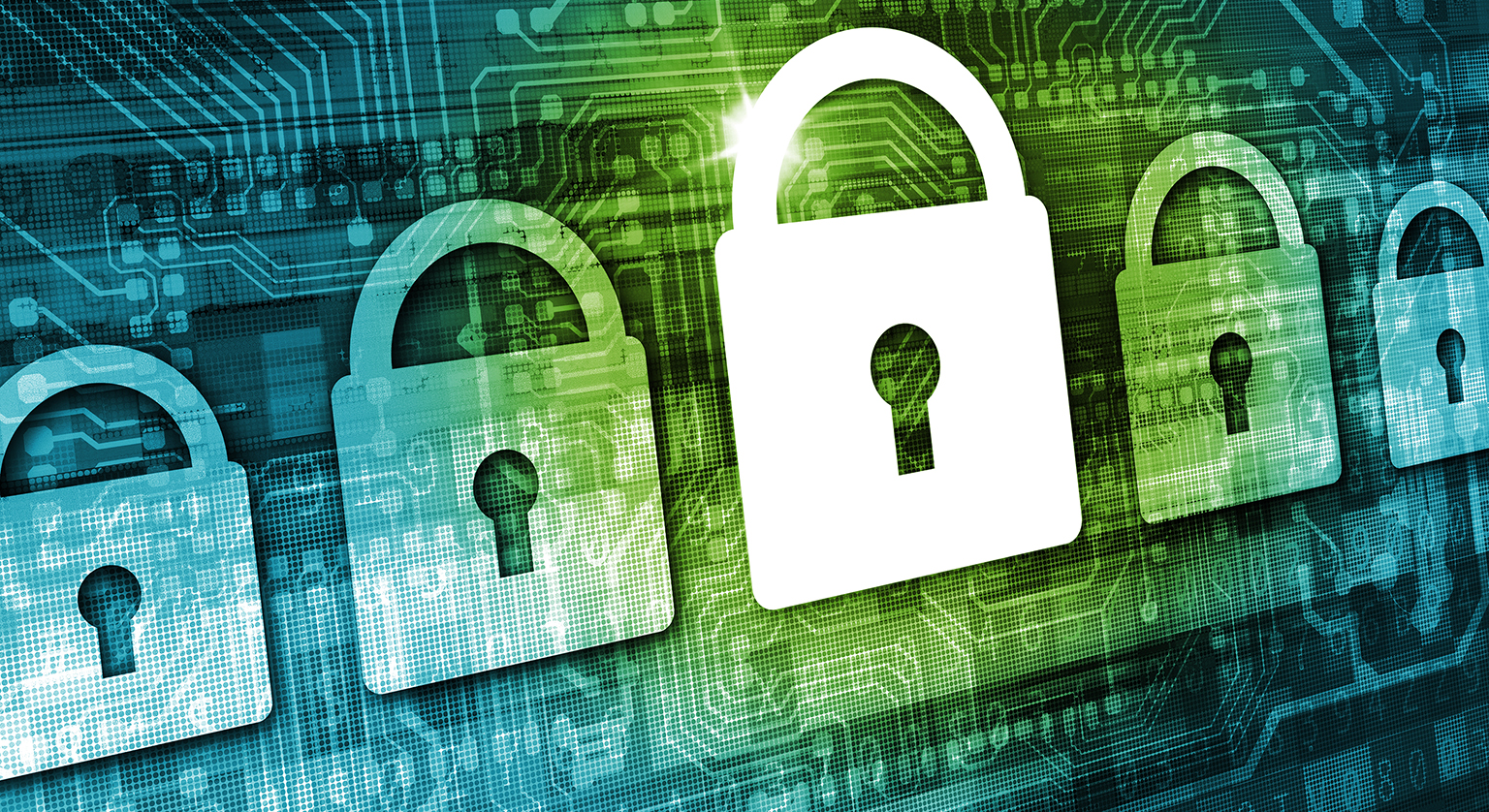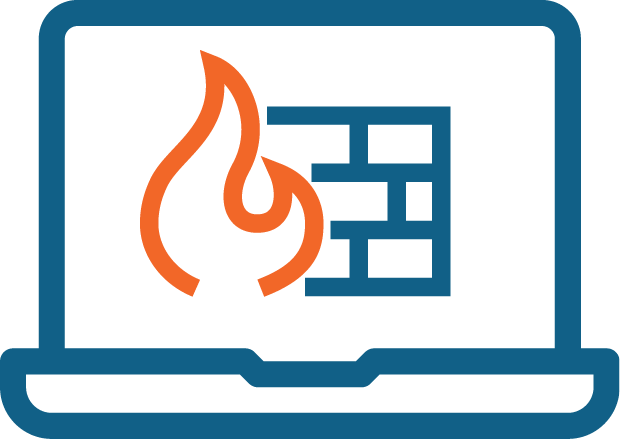
A year ago, there weren’t a lot of companies using a largely remote workforce. Suddenly, because of the global pandemic, the way most of us work profoundly changed.
Instead of commuting to the office, we scrambled to set up VPNs for an unprecedented surge in work from home (WFH) employees. Entire buildings emptied out. Neighborhood ISP services strained to support not only remote workers, but also students doing remote learning. And while many of the initial glitches have been resolved, we recognize that people may never go back to “business as usual” in corporate cubicle settings. For many organizations, optional remote work is the new normal. Sadly for kids, even schools may no longer declare snow days. Instead, they’re converting bad weather events into distance learning days.
Remote Workforce Access
WFH generated a need for secure remote access for millions of people. IT professionals had to update virtual private network (VPN) software, increase VPN seat counts and train their remote workforce to access corporate resources without letting bad actors in. Flipping the switch to remote work wasn’t simple, not by any means. And those efforts continue in order to ensure seamless and safe connectivity. As cybersecurity threats continue to evolve, so does the need for advanced threat prevention.
Advanced Threat Prevention
Ecessa® Corporation recently upgraded its SD-WAN firewall with more advanced threat prevention features, including secure VPN access for remote workers. In addition to a host of next generation firewall features, such as intrusion detection and prevention systems (IDS/IPS) and website filtering, Ecessa’s integrated firewall now also supports:
- SSL VPN authentication using username and password
- SSL VPN authentication with multi-factor authentication (MFA)
- Geoblocking: Ability to block traffic based on geography
Adding multi-factor authentication (MFA) to your VPN protects against credential theft and can help organizations achieve regulatory compliance. It provides consistent, secure access to applications on-premises and in the cloud.
Geoblocking technology denies access to an organization’s network based upon the user’s geographic location. Ecessa’s implementation of geoblocking includes GeoLite2 data created by MaxMind, which identifies the location and other characteristics of Internet users to fight advanced persistent threats (APTs). It’s one more way to prevent access by bad actors.
Protecting your organization’s network with Ecessa’s integrated firewall is an important component of an overall cybersecurity plan. And the SD-WAN traffic routing features Ecessa provides go way beyond what a dual-WAN firewall can offer.

Ecessa has a nineteen-year tradition of innovation, developing technologies that not only meet market needs, but offer the most customization options and unlimited technical support. Ecessa recognizes that every network is unique. The company’s goal is to empower network architects to easily create the exact solutions they need. Please contact us to discuss your security and resiliency needs.
